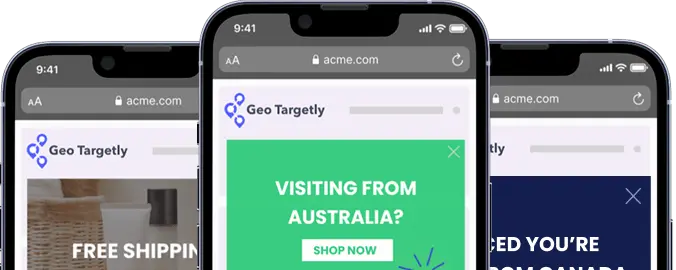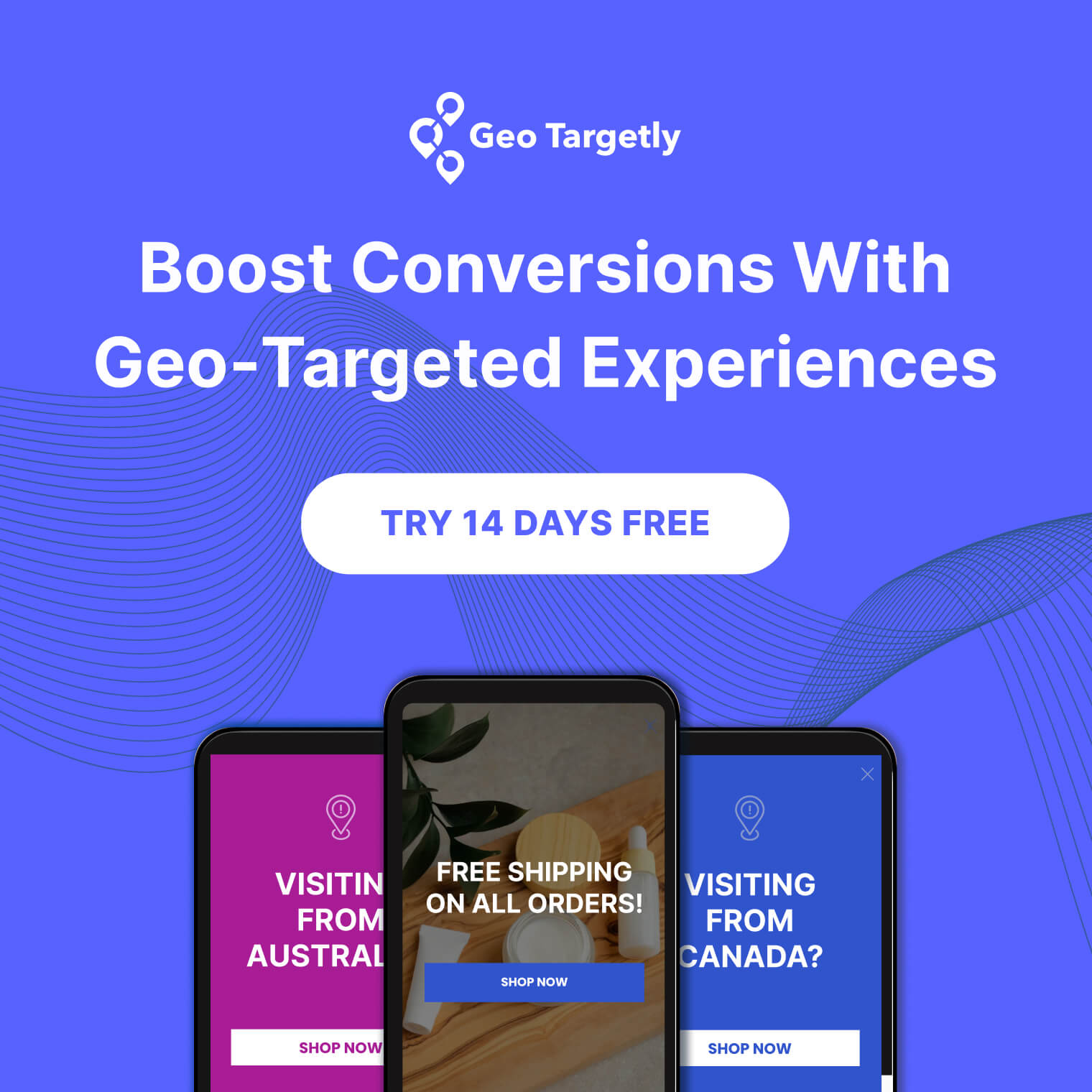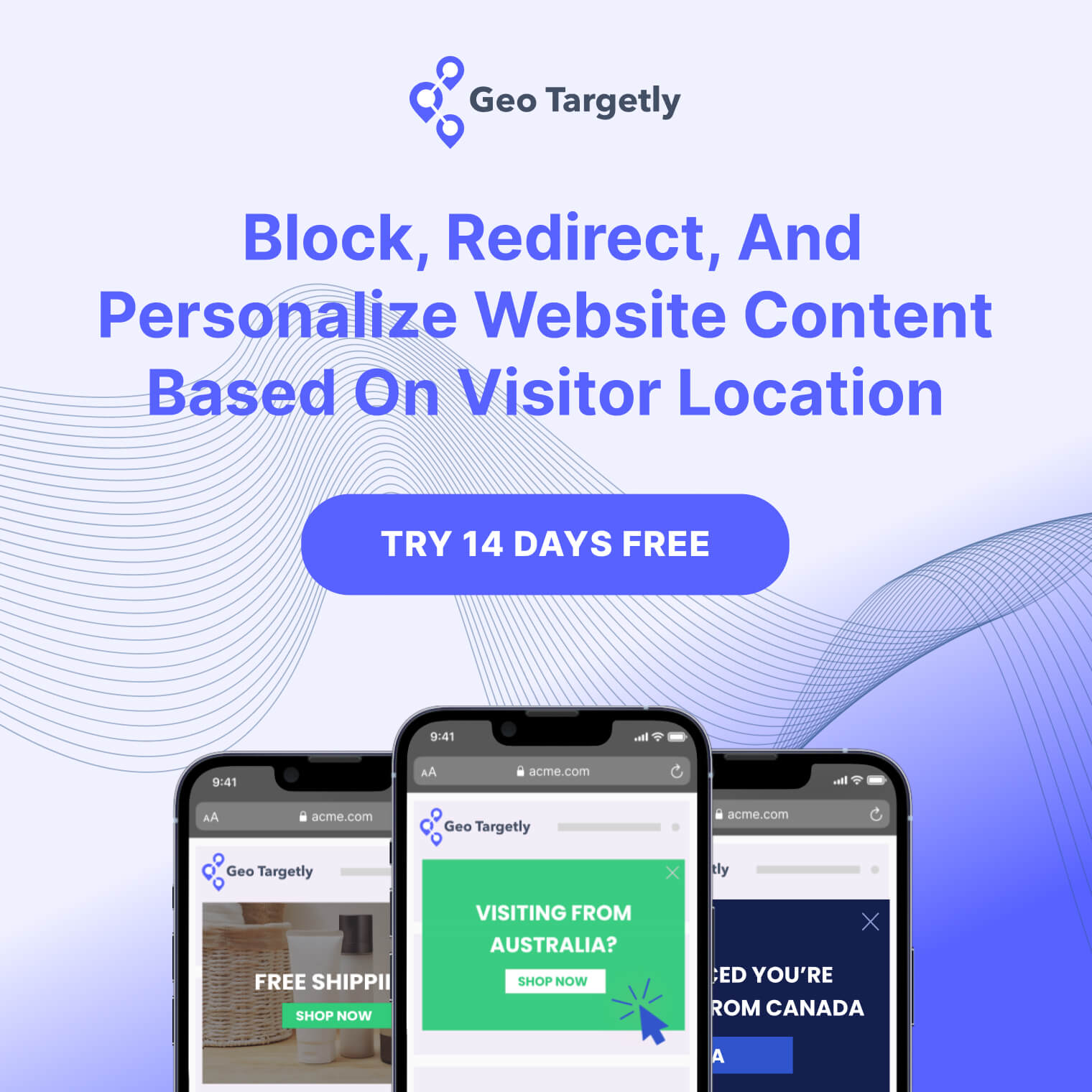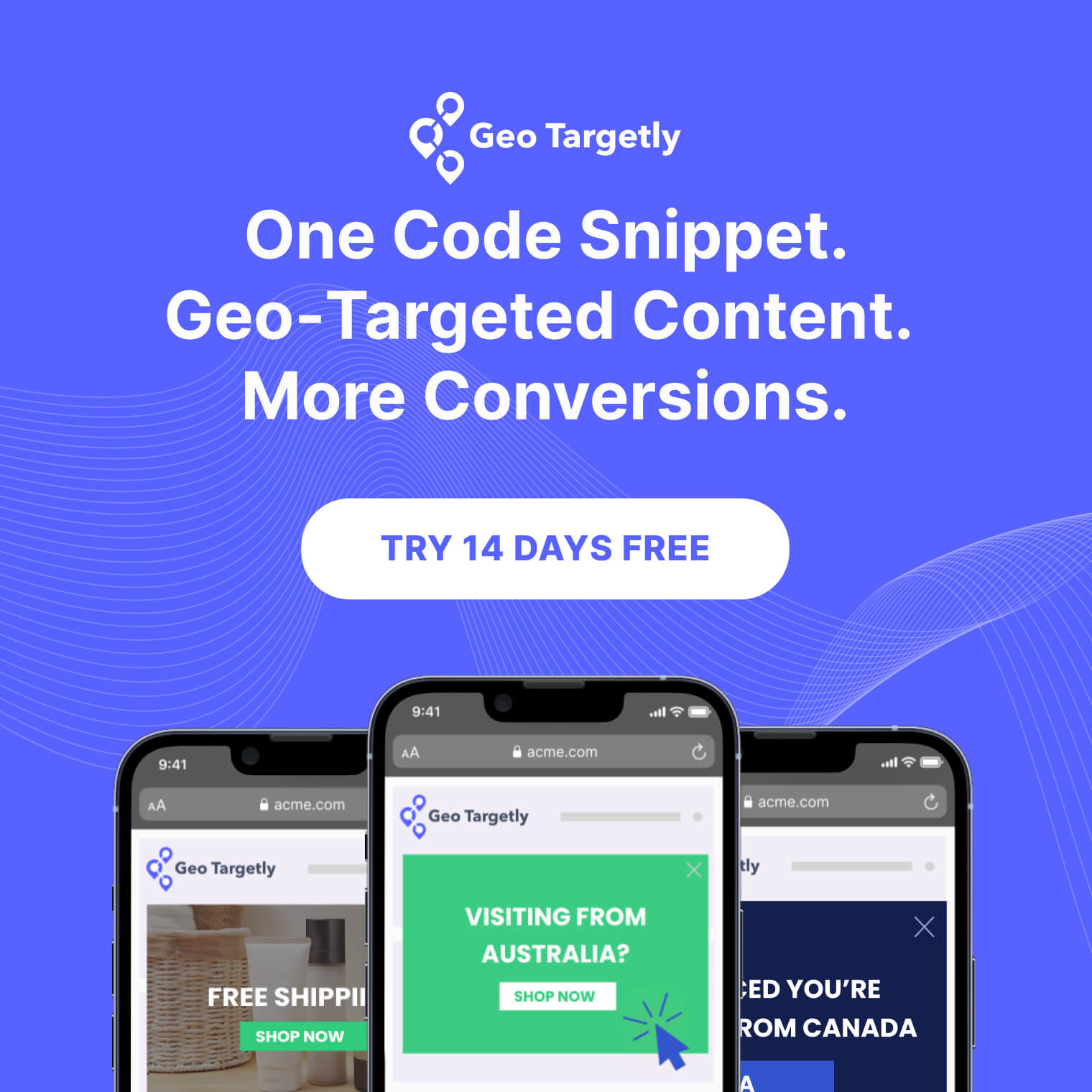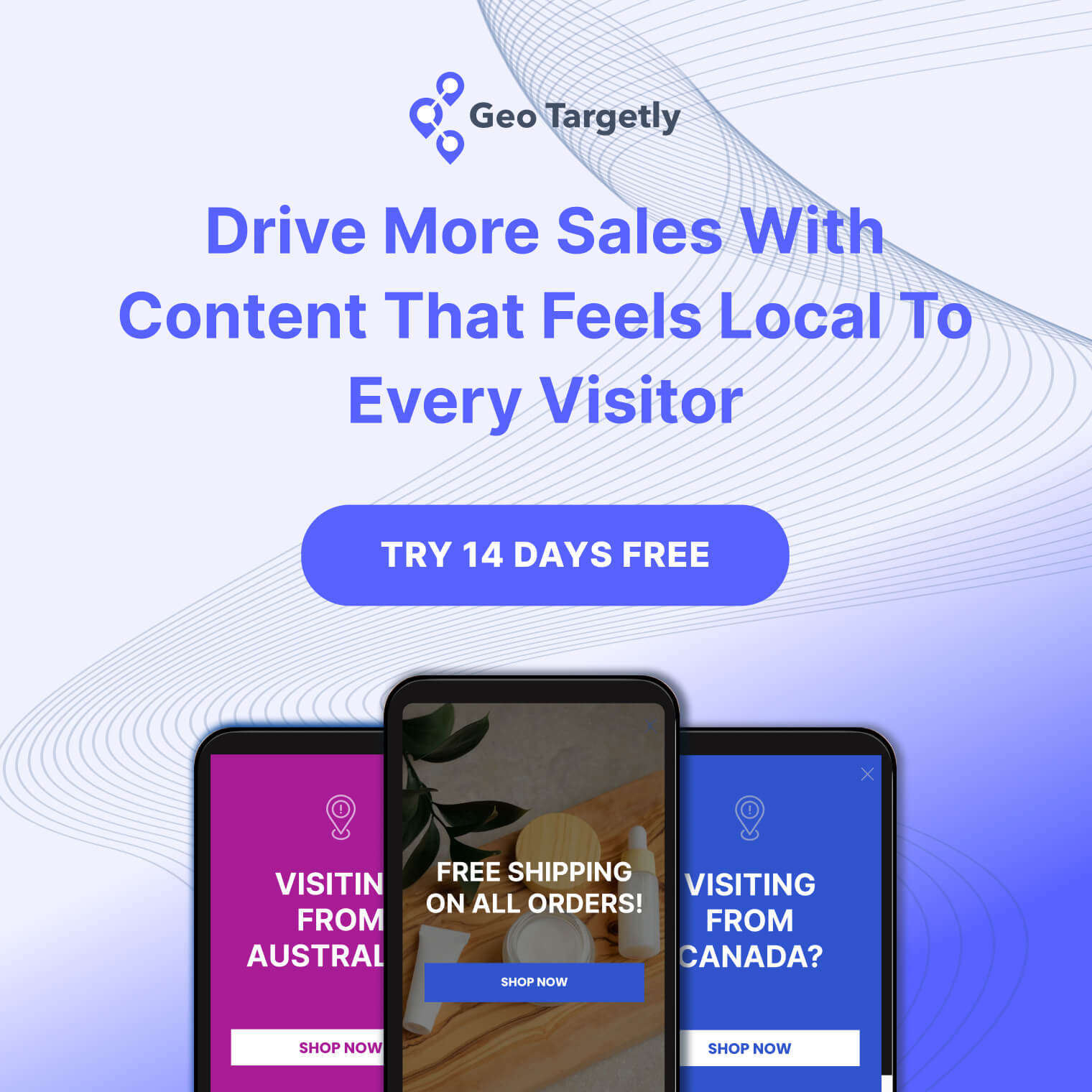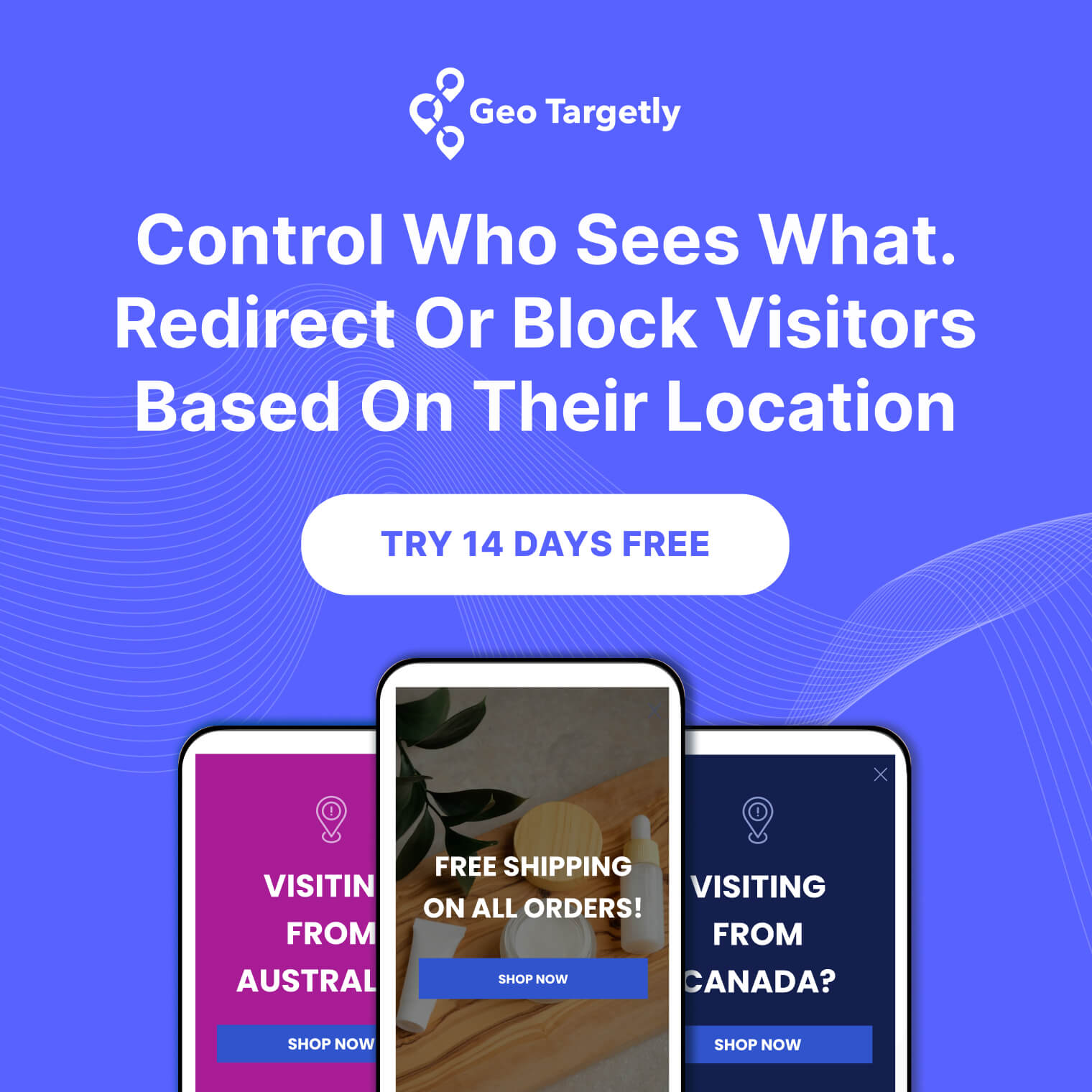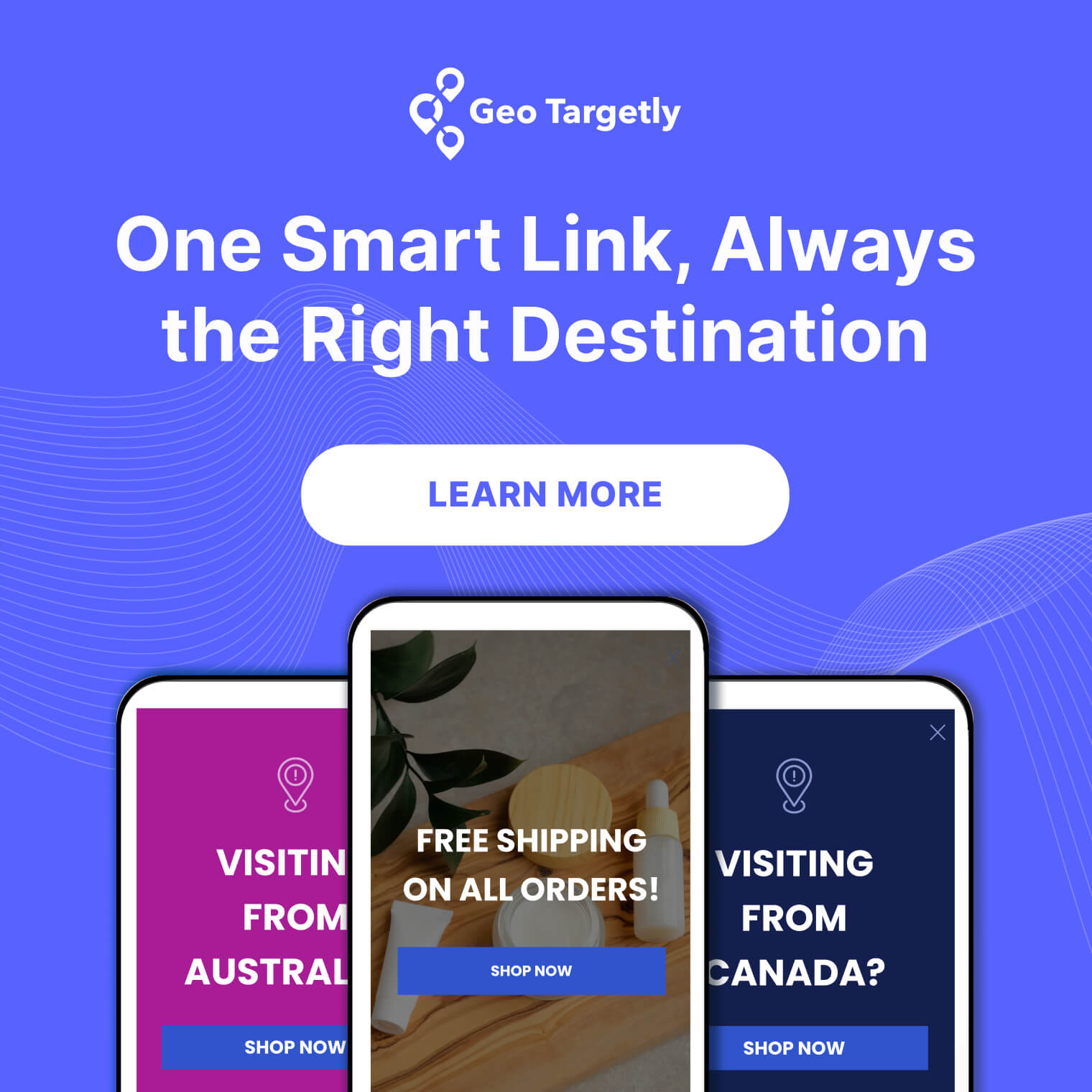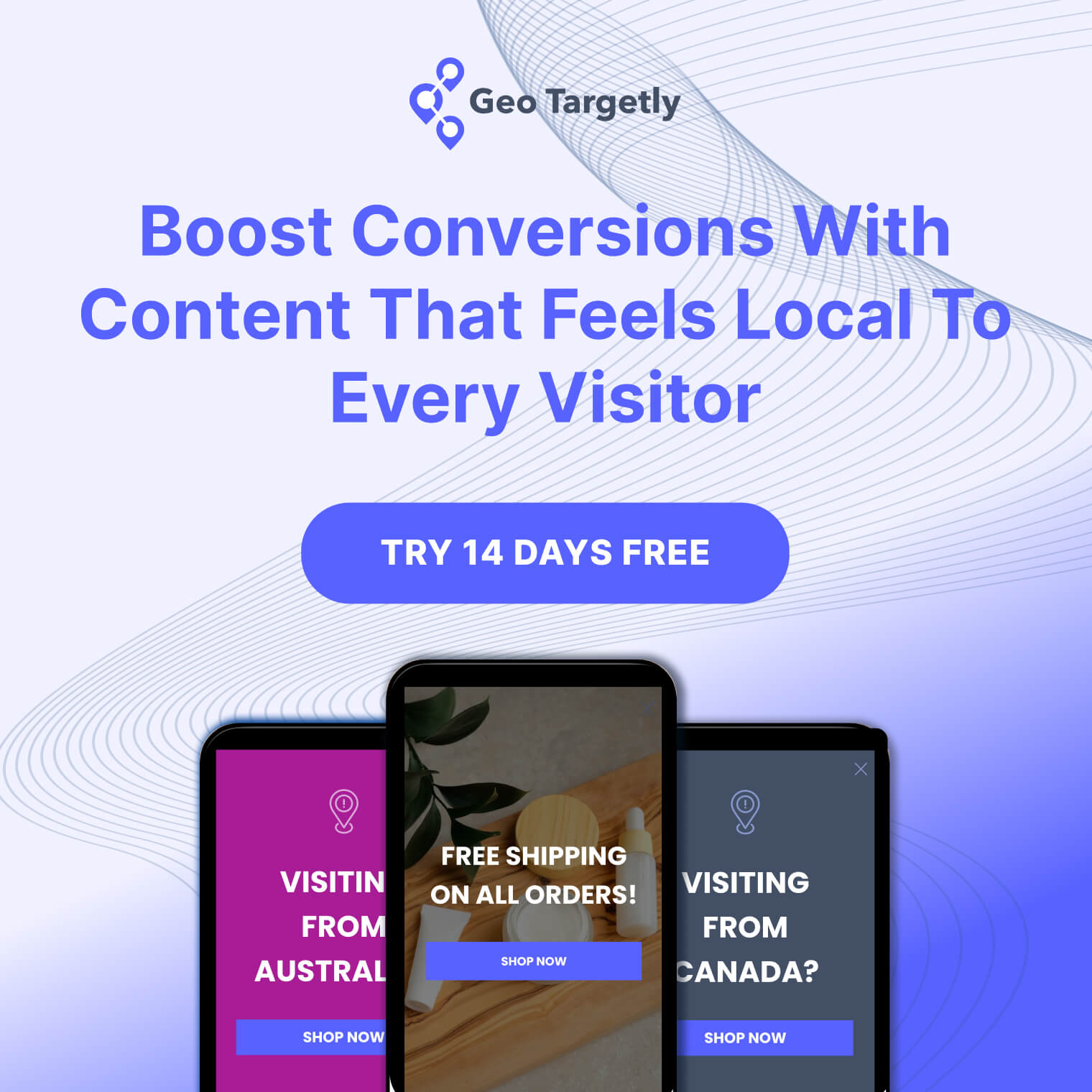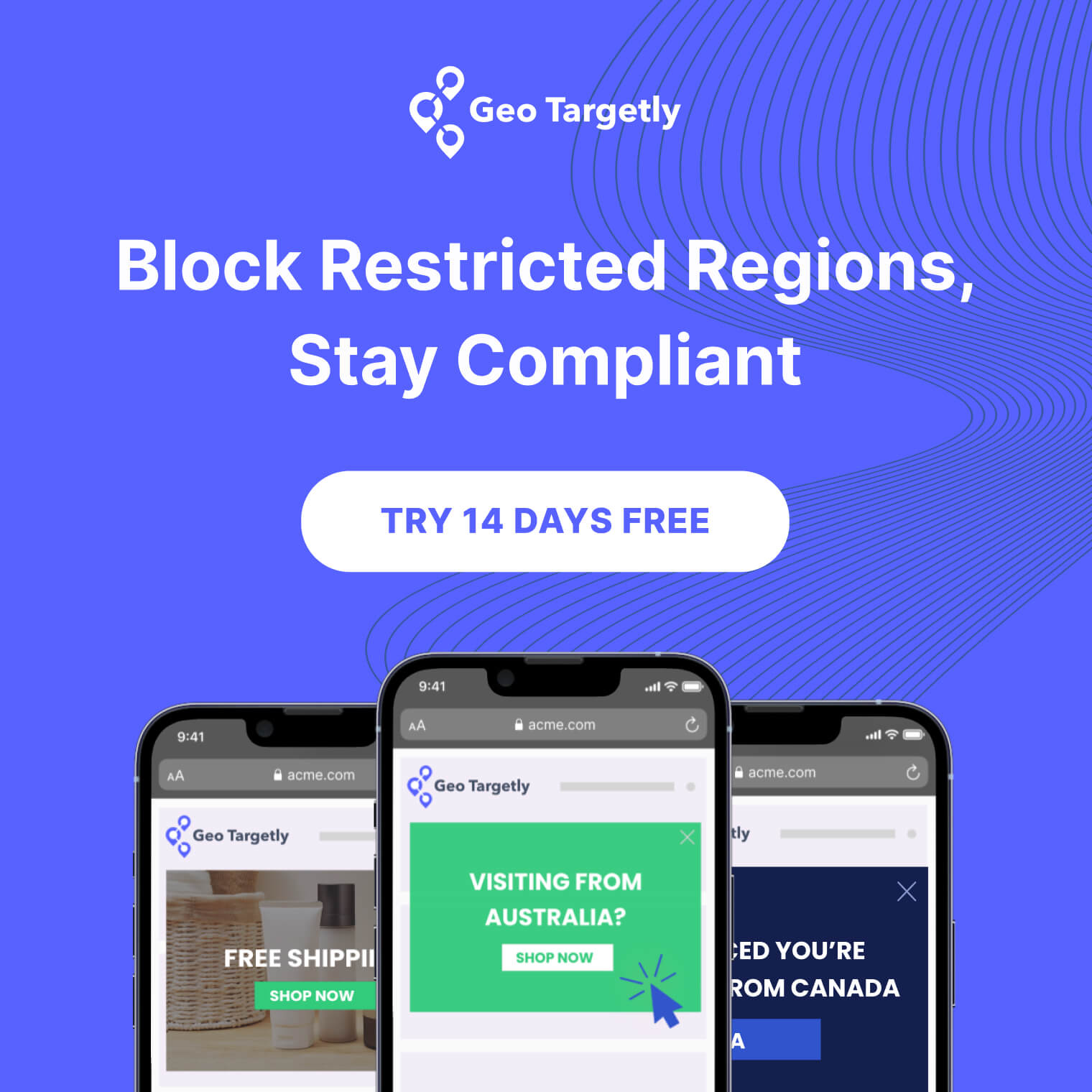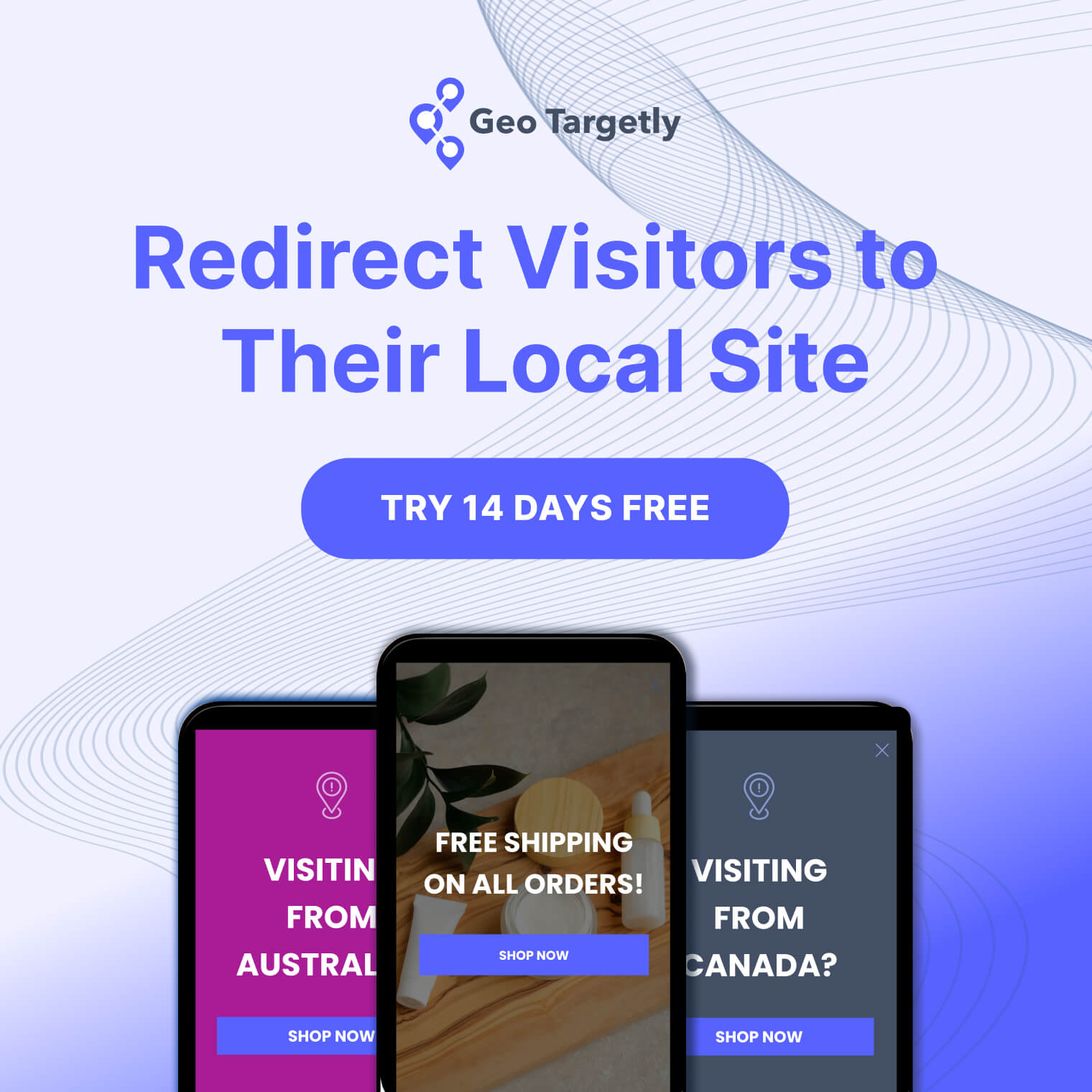

At a time where geographic targeting tools are no longer perceived as something sinister or legally questionable, the time is now or never for business to leverage these features to make big gains.
Before this, however, understanding the breadth and depth of geolocation software - and their limitations - is important in order to make the most of them.
Given that we’ve discussed the benefits of these tools in great detail, today, we dive into the limitations of geolocation features. Continue reading to find out what you absolutely need to know before you dive in, head first, to the promise and potential of IP address geolocation tools!
.jpeg)
1. Internet users are still very protective of their privacy
For any business, nowadays, user privacy is the prime consideration when it comes to almost any targeted marketing strategy or sales strategy.
When it comes to sharing location data, therefore, individuals prefer to turn off location data instead of allowing it to fall into the hands of data providers like Google. While this doesn’t necessarily apply to businesses that leverage IP address geolocation tools, internet users go a step further and even mask this data through VPNs or proxy networks.
If your website leverages certain IP geolocation tools, the user in question will then be redirected to the wrong site and shown information not relevant to him/her.
2. Individuals are sick of seeing location requests and will likely decline to share theirs
Have you ever been at the end of multiple location requests? If so, it’s possible that you’ve found this annoying or empathised with the plight of businesses who struggle to get their users to turn on location sharing.
Given the widespread mistrust and scepticism users have about data collection, your location requests need to stand out in some way. Regardless of the means, you need to give your audience a reason to share their location with you. Willingly.
3. Geographic targeting tools will prevent you from getting too close
Nowadays, many businesses resort to IP address geolocation for a number of reasons. Not only is it easier to access location data - especially since you don’t need user permission - you’re also likely to access the location of a much wider audience, compared to HTML5.
Yet, its biggest limitation is that you can only zoom in on user location as specifically as the city they live in. While this is sufficient for the majority of marketing activity, certain strategies may require you to move in a little closer.
If you do need to get as close as the neighbourhood for certain advertising strategies, targeting an entire city may be a waste of money and yield a lower response.
4. Hypertargeting may lead to competition between your own stores
Ever been in the position where your own stores compete with each other? If you’re using geographic targeting to promote your business AND have store locations that are located very close to each other, there’s a chance that your stores will compete with each other.
These stores will then compete in terms of keywords, which can, ultimately, increase your cost-per-click.
While this is not the most common scenario, it still takes place quite frequently, especially since 72% of consumers who do local searches visit a store within 5 miles.
If you’re caught in this scenario, you simply need to use geotargeting features to promote specific products, instead of stores, to your customers in this area.
5. Geolocation data may be inaccurate no matter how hard you try
Say you have a specific audience in mind, one that’s located around a particular cafe or grocery store in a certain location. You target an audience that’s frequently in this location and you run your advertising campaign. Later you find out that you’ve missed the mark by a few towns.
There goes all your hard work and money.
With place/static data, the problem is that location data can be inaccurate and costs businesses who leverage geographic targeting in these instances a pretty penny. If you’re targeting a very specific location, make sure that you validate the data you’re working with, first.
Use geographic targeting the right way for the right results
Despite the points highlighted, geographic targeting is still one of the most formidable strategies for businesses who wish to target audiences more effectively.
By using geolocation tools the right way, backed by best practices in this field, improving ROI and getting the results you’re after is all but guaranteed.





.webp)



